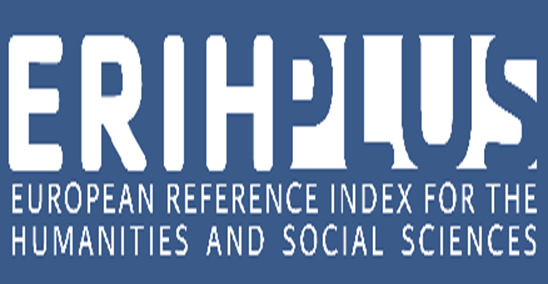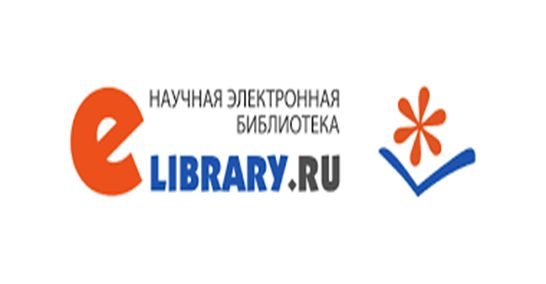Continuity of the Kazakh language with the language of the runic inscriptions
Views: 223 / PDF downloads: 271
DOI:
https://doi.org/10.32523/2664-5157-2021-3-47-54Keywords:
the language of ancient Turkic written monuments, the language of ancient Uyghur written monuments, the Turkic spirit, historical and comparative research, anthropocentrism, the Turkic world, spiritual revivalAbstract
Today, when the Republic of Kazakhstan at the turn of the century gained independence,
the generalization of all historical and spiritual knowledge and their use for the good of the country is
necessary for the formation and development of national consciousness. In this context, the language
of the runic inscriptions as a source reflects the mentality of the ancient world and the archetypes
of the historical evolution of the linguistic units of the Turkic languages. Consequently, the ancient
linguistic data reveal the continuity of their historical development, the successive connection of
the system of ancient Turkic languages with the system of modern Turkic languages, incl. modern
Kazakh language. The above is confirmed by the results of scientific research of G. Aydarov, Doctor
of Philology, professor, runologist, who managed to penetrate into the secrets of ancient inscriptions
carved on stones and establish diachronic connections of ancient Turkic languages with Kypchak
Turkic languages, with the Kazakh language and thereby prove, that the Kazakh language does not
belong to the so-called «new» group of languages and that the history of the language is older than
the history of the nation.
Professor G. Aydarov is one of the first in Kazakh Turkic studies to investigate the heterogeneous
linguistic system of the ancient Turkic and ancient Uighur languages, graphic, phonetic-phonological,
lexical, morphemic-derivational and grammatical tiers of ancient languages, defining their features and
successive ties with modern Turkic languages, including with the Kazakh language. As a confirmation,
the author of the article considers the structural ontology of the Turkic word (monosyllabic and other
models of the Turkic proto-root), in the study of which G. Aydarov made his invaluable contribution.
It should also be noted: the assertion of the author of the article that the followers of G. Aydarov,
in the study of the ancient Turkic languages, actively use the anthropocentric approach, which makes
it possible to reveal new knowledge about the world and mentality of the ancient Turkic peoples,
which are so necessary for understanding the historical development of the Turkic world.


























